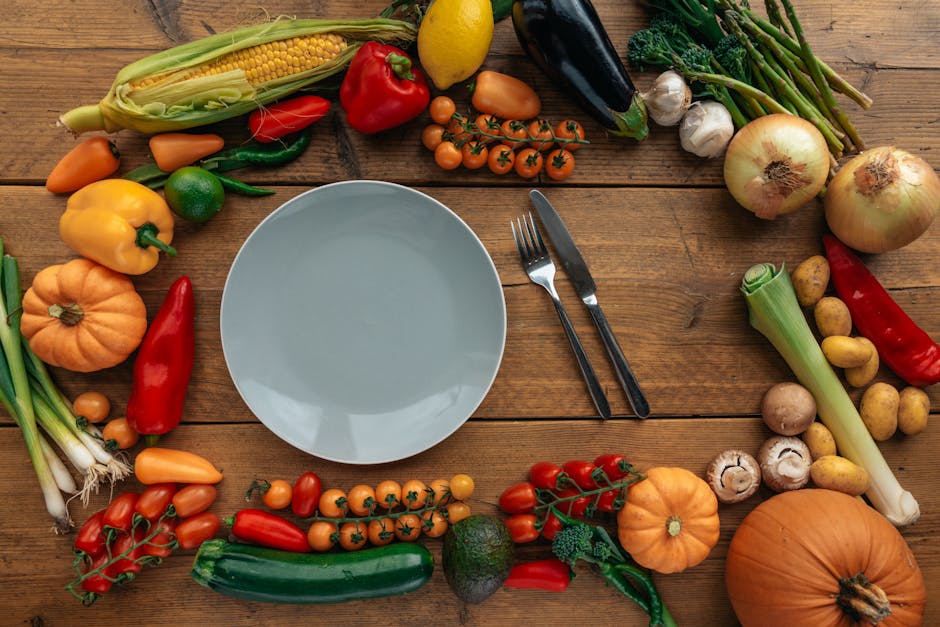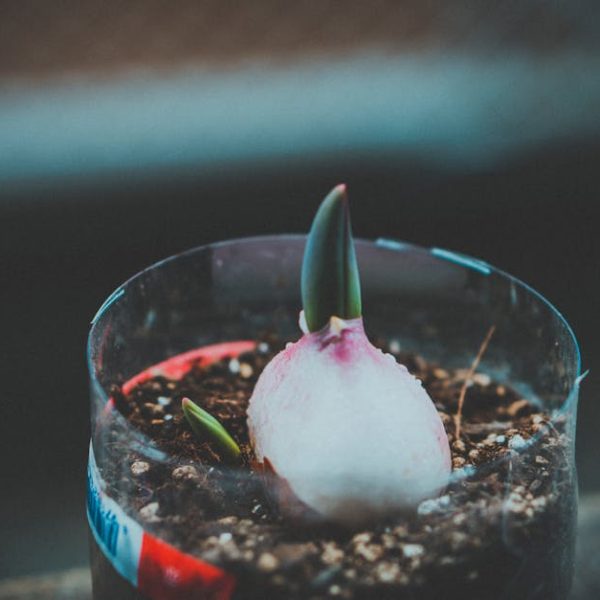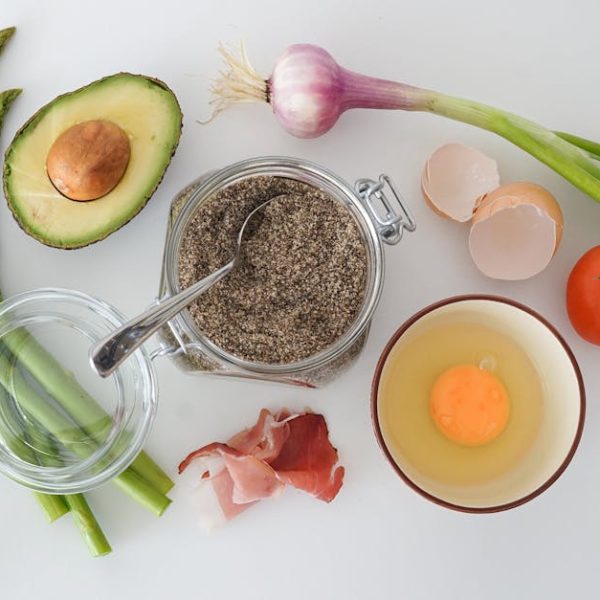From zucchinis to butternut and spaghetti squash, these tasty and nutritious vegetables often yield a plentiful harvest, leaving you with more squash than you know what to do with. But worry not, because this abundance can easily become a delightful opportunity to enjoy your squash harvest all year round. By simply utilizing techniques of freezing, canning, drying, or pickling, you can transform your excess produce into a continuous supply of goodness. Let’s explore these four effortless methods to preserve your squash, ensuring you have an array of healthy, handy ingredients ready to use in your culinary adventures.
Method 1: Freezing Squash
One of the simplest methods to preserve squash is freezing. This method is remarkably straightforward, safe, and helps maintain a considerable nutrient content of squash. The freezing process does, however, change the vegetable’s texture, making it softer upon defrosting.
Pro tip: Frozen squash is particularly great for dishes such as soups, casseroles, and baking recipes where texture changes are less likely to be noticed.
The preparation to freeze your squash involves selecting fresh squash, washing them thoroughly, and cutting them into your preferred size and shape. Blanching is a key step before freezing. All you need to do is boil the squash for a few minutes, and cool it rapidly in iced water. This helps to slow enzyme activity that can degrade the product over time. Finally, make sure to dry the squash before packaging it in airtight containers or freezer bags.
Checklist:
- Select fresh, high-quality squash.
- Wash and cut into suitable sizes.
- Blanch for approximately 3 minutes.
- Cool quickly and drain well.
- Pack into appropriate freezer-safe containers.
- Once your squash is safely nestled in your freezer, it is crucial to bear in mind that proper thawing is an important part of the safety equation. Always thaw your frozen squash in the refrigerator, or in the microwave if you intend to cook it immediately afterward.
Best practices: Keep the frozen squash at a consistent temperature of 0° F or below and aim to use it within a year for the best quality.
Method 2: Canning Squash
Canning is a traditional preservation method to enjoy your squash throughout the seasons, and a great way to save freezer space. While this approach requires some effort, the result is definitely worthwhile, providing a ready-to-use squash that can be integrated into various meals.
Comparison: Unlike store-bought canned squash, home canning gives you the control over the quality and ingredients used, and the satisfaction of self-sufficiency.
Canning squash involves cleaning and cutting squash into cubes, blanching them before transferring into glass jars, adding hot water to cover the cubes, adjusting lids, and processing in a pressure canner. It’s vital to pay attention to the specifics of the canning process to ensure safety and the longevity of your canned squash.
Checklist:
- Select firm, fresh squash.
- Wash, peel, and cut into 1-inch cubes.
- Blanch and pack into jars, leave 1-inch headspace.
- Cover with hot water, leaving the same headspace.
- Adjust lids and process.
- When it comes to enjoying your canned squash, remember to check the jar’s seal before using the squash. If the lid flexes up and down when you press it, it’s not sealed and might not be safe to eat.
Best practices: Store your jars in a cool, dark, dry place and ideally consume the canned squash within a year.
Method 3: Drying/Dehydrating Squash
Drying or dehydrating is an ancient, yet highly effective method in preserving squash. The removal of moisture inhibits the growth of bacteria, yeast, and molds that might otherwise spoil the vegetable.
Comparison: Dehydrating squash at home can be quite economical and gives you the authority over the quality of your dried squash products compared to store-bought alternatives.
When preparing squash for drying, wash squash properly, then peel and cut them into ¼-inch slices. You can then proceed with your preferred method of drying – using a dehydrator, oven, or sun drying. Once thoroughly dried, store the vegetable pieces in airtight containers or sealed plastic bags away from light and heat.
Checklist:
- Choose fresh, mature squash.
- Wash thoroughly, then peel and slice uniformly.
- Dry using a dehydrator, solar drying, or an oven at low temperature.
- Store in airtight containers.
- When it’s time to use your dried squash, you may wish to rehydrate it beforehand by soaking it in water, for about two hours or until it returns to its original texture.
- Best practices: For optimal quality, use dehydrated squash within a year.
Method 4: Pickling Squash
If you’re looking for a different and fun way to preserve your squash harvest, pickling might be the answer. Packed with tangy flavors, pickled squash can certainly add zing to your meals.
Comparison: Homemade pickled squash offers you the advantage of customizing the flavors to suit your preference, something not possible with store-bought pickled squash.
To pickle squash, clean and chop your squash into preferred sizes, create your pickling brine using vinegar, water, sugar and your preferred spices, then pour over the squash placed in clean glass jars. After sealing the jars, you can process them in boiling water for about 10 minutes.
Checklist:
- Select young, healthy squash.
- Clean and cut into preferred sizes.
- Make the brine with your desired ingredients.
- Pour the brine over squash in jars, ensuring the squash is covered.
- Process jars in boiling water bath.
- Ensure to check jars for a proper seal before storing them away – the lids should not flex when central area is pressed.
Best practices: Store pickled squash in a cool, dark place and consume within a year for optimal taste.
To conclude, you don’t have to be overwhelmed with your generously yielding squash plant or resort to wastage. These effortless methods of preserving squash can give your harvest a deserved longevity, enabling you to enjoy the fruits of your hard labor far beyond the harvest season. Happy preserving!
Key Takeaway:
- Freezing squash is straightforward and maintains a considerable nutrient content, ideal for dishes where texture changes won’t be noticed. Safety lies in proper defrosting.
- Canning is perfect for long-term storage, offering control over the quality and ingredients. Always check the jar’s seal before consumption.
- Drying/dehydrating squash is an economical method, inhibiting the growth of bacteria, yeast, and molds. Rehydration before use might be necessary.
- Pickling offers a tangy twist to preserving squash. It’s necessary to check jars for a proper seal before storage.
With these effortless methods for preserving your squash harvest, you can enjoy your produce all year round. Remember, the key to successful preservation lies in the choice of method and the quality of your squash. Happy preserving!
FAQs
Q: Does pickling squash change its nutritional content?
A: Yes, pickling can lead to some loss of nutrients, particularly if the squash is overcooked. However, the vinegar used in the pickling process can also add beneficial probiotics and serve as a source of certain vitamins.
Q: Can I mix different types of squash when preserving?
A: Yes, you can certainly mix different squash types while preserving. However, ensure they have similar texture and density so they preserve evenly.
Q: Do all preservation methods require the squash to be blanched first?
A: Not all methods require blanching. While it’s crucial for methods like freezing and canning, for drying and pickling, it’s optional.
Q: Can I preserve squash without using any preservatives?
A: Yes, all four methods mentioned in the article (freezing, canning, drying, and pickling) can be done without commercial preservatives. The preservation process itself acts as a natural preservative.
Q: How do I know if my preserved squash has gone bad?
A: Signs of spoilage may include an off smell, change in color, texture, or taste. If in doubt, it’s safer to discard the preserve.
Feel free to share this article with others and explore more posts on our website for further interesting topics.






